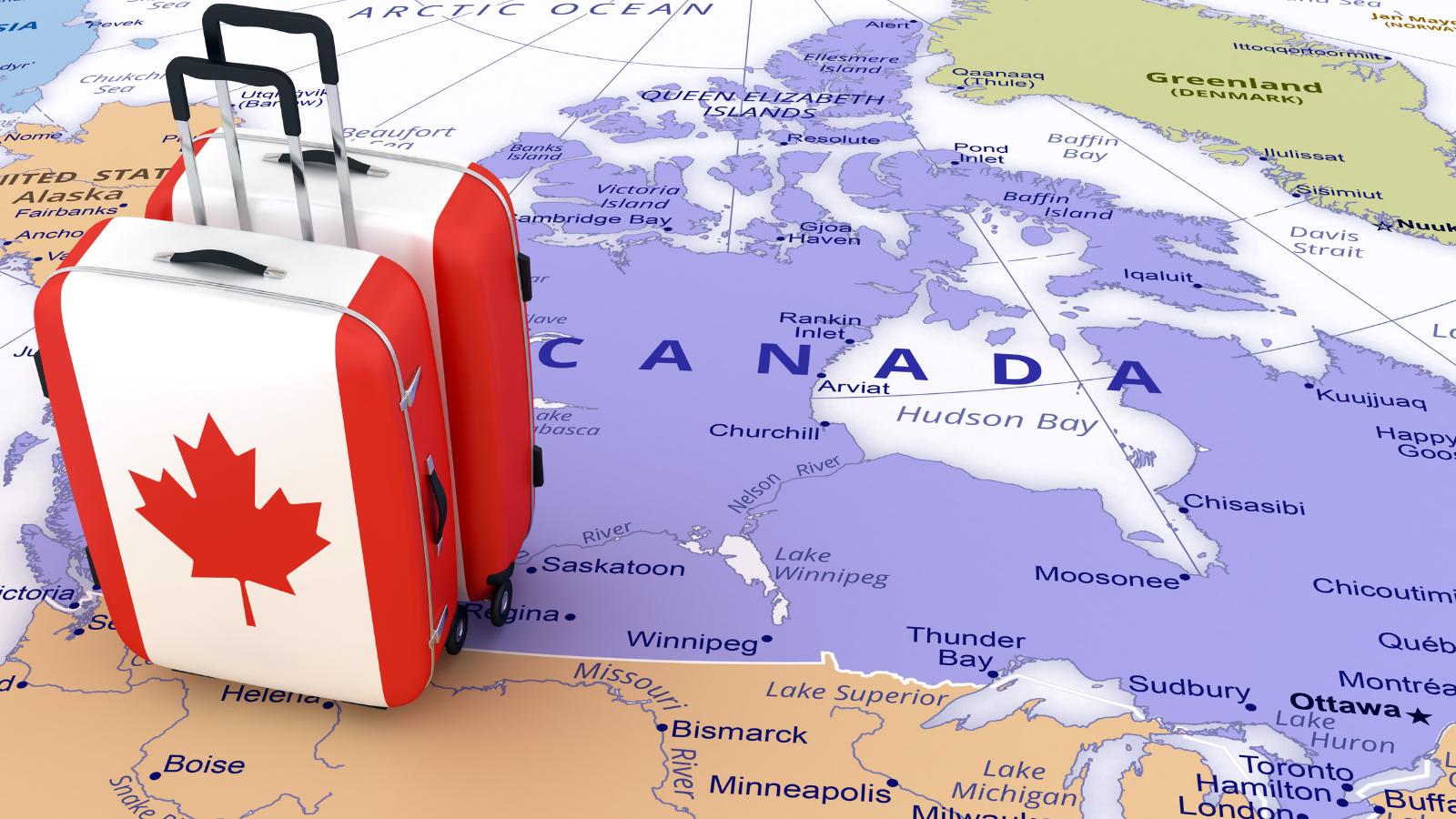
Canada on Track to Miss 2025 International Student Admissions Target
Canada is set to fall significantly short of its 2025 international student admissions target, according to newly released data showing a steep decline in study permit approvals this year.
Between January and August 2025, Immigration, Refugees and Citizenship Canada (IRCC) approved only 89,430 new study permits, representing just 29% of the annual target of 305,900. To meet this goal, the government would need to issue an additional 216,470 permits between September and December 2025 — an unlikely outcome given the recent policy tightening.
A Sharp Decline in International Student Admissions
The number of new international students admitted to Canada has fallen dramatically — down nearly 70% compared to the same period in 2024. From January to August last year, Canada welcomed over 220,000 new students, but that figure has dropped by 132,505 in 2025.
This downturn is the direct result of a series of policy reforms introduced throughout 2024 and 2025 as part of the federal government’s plan to reduce the overall number of temporary residents and ease pressure on housing and social systems.
Why the Decline? Government’s Measures to Curb Temporary Residents
In recent years, Canada has seen a significant rise in the number of temporary residents — including international students, temporary foreign workers, and visitors — who together make up over 6.2% of Canada’s population.
To address affordability and housing pressures, the federal government announced a plan to reduce temporary residents to below 5% of the population by the end of 2026. The international student program became a central focus of that effort.
Key Policy Changes Affecting International Students:
- National Cap on Study Permit Applications:
Introduced in early 2024, this measure limited the total number of international students that institutions across Canada could accept, redistributing available spots by province. - Restrictions on Post-Graduation Work Permit (PGWP) Eligibility:
Graduates from programs delivered through curriculum licensing agreements — where a private college offers a public institution’s curriculum — became ineligible for PGWPs. - Field of Study Criteria for PGWPs:
Only graduates of bachelor’s, master’s, doctoral, and selected professional programs remain eligible for PGWPs. Other diploma or short-term program graduates now face restrictions. - Language Test Requirements for PGWPs:
Starting in 2025, PGWP applicants must meet specific English or French language benchmarks to qualify. - Limitations on Spousal Open Work Permits:
Eligibility for spouses of international students has been restricted to spouses of doctoral students, master’s students in programs of 16 months or longer, and those enrolled in select professional fields such as medicine or law. - Temporary Resident Targets Added to the Immigration Levels Plan:
For the first time, in October 2024, Canada’s Immigration Levels Plan (2025–2027) included explicit targets for temporary residents, including international students.
Impact on Educational Institutions and Communities
Colleges and universities across Canada, especially those heavily dependent on international tuition revenue, are feeling the pressure. Many institutions report decreases in enrollment, housing vacancies, and reduced local economic activity, particularly in smaller communities that rely on student populations.
While the government maintains that the measures are necessary to ensure sustainability and integrity in the immigration system, post-secondary institutions warn of potential long-term consequences — including program cuts, staff reductions, and reduced funding for domestic student services.
The Road Ahead
To reach its full-year target, IRCC would need to issue more than twice the number of permits typically approved during the last quarter of the year. Given current trends, experts predict Canada will end 2025 far below its international student intake goal, signaling a major shift in immigration and education policy priorities.
Despite the shortfall, the federal government continues to emphasize quality over quantity, focusing on attracting highly skilled and well-prepared students who can contribute to Canada’s long-term economy while easing strain on housing and local infrastructure.
Summary
- Canada issued only 89,430 new study permits from Jan–Aug 2025 (29% of annual target).
- The 2025 goal: 305,900 international students — shortfall expected.
- Admissions down 70% from 2024 (132,505 fewer students).
- Key reasons: national study cap, stricter PGWP and spousal rules, new language test requirements.
- Policy goal: reduce temporary residents to under 5% of population by end of 2026.
- Colleges and communities warn of economic and academic impacts.
For a consultation about Immigration options, reach out to the CAD IMMIGRATION today!





